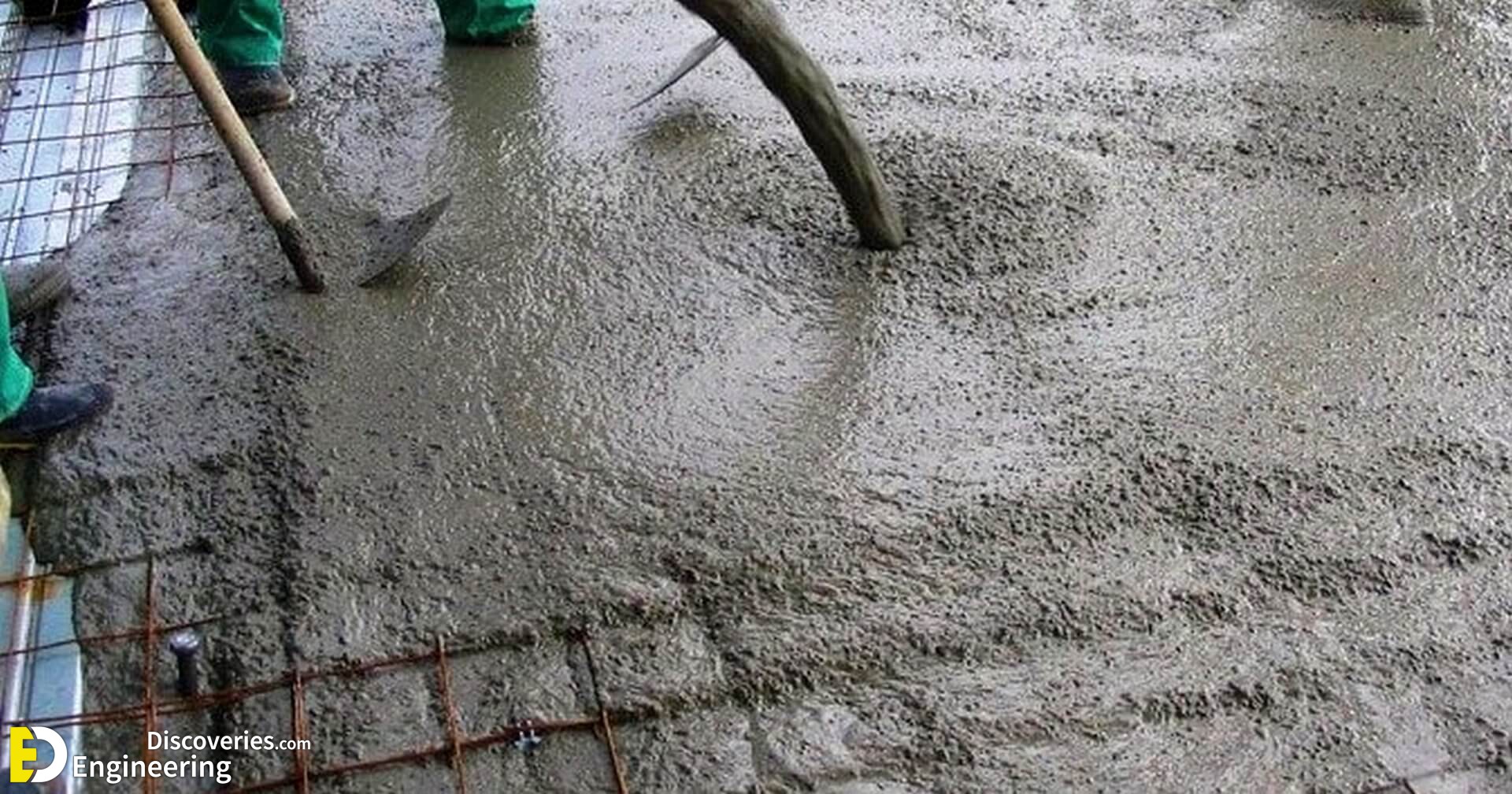Author
Concrete and steel are among the most common construction materials. Each material has advantages and limitations; this article provides a general comparison between steel and concrete. No material can be considered better than the other for all cases, and project conditions determine the best option. Both provide numerous benefits. As for whether or not one is better, Buildings lets you specify which side you’re on.
Steel Structure
Steel is an alloy of iron and carbon and contains a small amount of silicon and phosphorous. Generally, for the steel structures, mild steel, medium carbon steel, and low alloy steel are used.
Advantages of steel structure
1- Strength: Steel structures are stiffer, stronger, more durable, and more stable than concrete and timber structures. The strength to weight ratio of steel is also high. So no matter how large the overall structure is, the steel sections will be small and lightweight, unlike other building materials.
2- Durable: Steel is very durable. Structural steel structures can withstand external pressures such as earthquakes, thunderstorms, and cyclones. A well-built steel structure can last up to 30 years if maintained well.
3- Lightness: The steel structures are very light in comparison to other structures, such as concrete structures.
4- Flexible: Massive production and fabrication of steel are smooth. Steel sections can be manufactured off-site at shop floors and then assembled onsite which, saves time and increases the efficiency of the overall construction process.
5- Cheaper: Structural steel is relatively inexpensive compared to other building materials like timber.
6- No sudden failure: Steel being a plastic material, does not have an unexpected failure. Instead, it gives a clear indication by deflection before the crash.
7- Recycle value: Recycle and re-use are more flexible for the components of steel structure than the concrete and timber structures.
8 Fire Proof: Fire hazards can be prevented through the use of steel structures instead of concrete and timber structures.
Disadvantages of steel structure
1- Susceptible to corrosion: steel is vulnerable to corrosion. This problem can be solved using anti-corrosion applications, which again increases the cost.
2- High maintenance cost: Steel has high maintenance costs as it has to be painted to make it corrosion-resistant.
3- Skilled labour: The steel structure requires specialized work for their construction.
4- Buckling: As the length of the steel column increases, the chances of buckling also increases too.
5- Expansion: Steel has a high expansion rate with changing temperatures, which can be detrimental to the overall structure.
Concrete Structure
Concrete is a composite material composed of aggregate bonded together with a fluid cement, which hardens over time. It is obtained by mixing cementing material, water, and aggregates and sometimes admixtures in required proportions.
Advantages of concrete structure
1- Availability: Ingredients used in concrete, such as cement, aggregates, and water, are locally available and are cheap.
2- Easily moulded: Concrete can be mould, and it can be poured and cast into any shape.
3- Flexibility: Concrete, when used along with reinforcement, is capable of taking bending and tension forces.
4- High Compressive Strength: The compressive strength of concrete is very high, making it reliable for structures and components under compressive loads.
5- Rust, rot, or burn: Unlike steel, concrete is free from rusting.
Besides above, concrete is wind and water-resistant, non-combustible, requires low maintenance, and absorbs and retains heat.
Disadvantages of concrete structure
1- Low tensile strength: Concrete is very weak in tension.
2- Creep: Continuous sustained loads develop creep in concrete structures.
3- Efflorescence: If salts are present in the concrete, then it will result in the efflorescence in a concrete structure.
4- Shrinkage: Shrinkage is contracting of a hardened concrete mixture due to the loss of capillary water. This shrinkage causes an increase in tensile stress, which may lead to cracking, internal wrapping, and external deflection before any loading ion the concrete.
5- High Self-weight: High Self weight of concrete is not always favourable for seismic prone structures.





